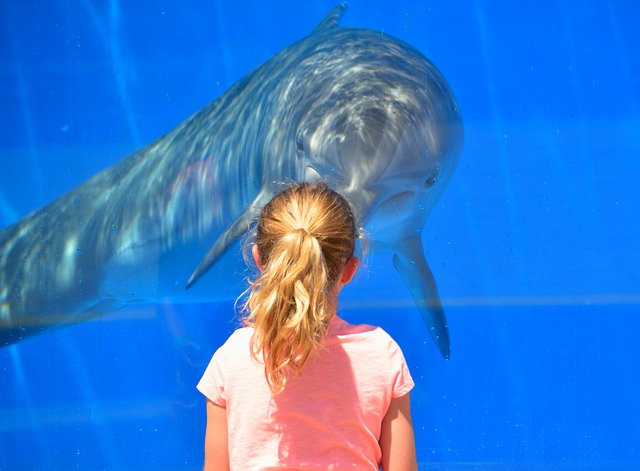We snap, share and store our memories all the time - but if we truly want to help children learn, we need to consider swapping tablets for trees.

Many years ago, I was lucky enough to whale watch in New Zealand. Sperm whales just off the coast of the South Island. I have many photos, including those classic ones of the tail fin of a diving whale with the mountains in the background.
I have the photos, but I can’t really remember seeing the whales.
Fast forward a few years, and I was travelling on a motorised canoe along a small river in the Bolivian pampas. It was raining heavily at the time so there were no other boats around and all our kit, including cameras, was packed away. As we rounded a bend in the river, about to pass beneath an overhanging branch, there was a sight I will never forget. A jaguar, standing still and proud on the branch. It looked at us, turned slowly and walked back into the jungle. I took no photos or video footage, but I can remember every second, every look, every movement and every emotion. That was fifteen years ago.
Last year I saw Bruce Springsteen perform at the Circo Massimo in Rome. My husband’s favourite musician, performing in a truly wonderful city. We stood for hours. When Springsteen and his band walked on stage, I watched the first ten minutes of the concert through other people’s phones. It made me think about the whales and the jaguar.
We seem so busy trying to commit events to technology that we sometimes fail to commit them to memory.
Yes, photos and videos are great to look back on, great as memory triggers, but at the expense of the memory itself?
Teaching and learning should be about creating memorable experiences; contextual, relevant, and a source of inspiration in the future. For this reason, I am a great advocate for learning outside the classroom, and I've spent the last twenty-four years doing just that. I've seen how outdoor learning can benefit children and young people in so many ways.
Think about your most memorable experience as a child.
Of course the classroom can be a very powerful place to learn, but being outside of it can unlock even greater potential.
So why not ditch the tablets and the interactive whiteboard for a day or two?
Give pupils the opportunity to look, listen, smell, taste, feel and talk.
Create experiences and memories that transcend the contents of your photo gallery.